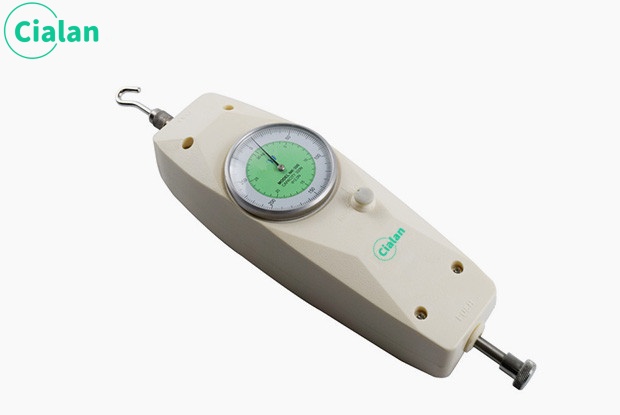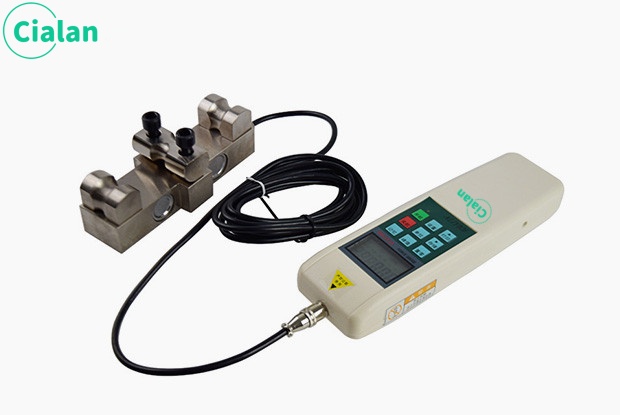Working principle
Laser particle size analyzer is based on the principle of static light scattering. When laser light is irradiated on down particles, the particles scatter the laser light. Particles of different sizes scatter the laser light at different angles and intensities. By detecting the angle and intensity of scattered light, the size distribution of particles can be calculated.
Specifically, laser particle size analyzer usually consists of laser light source, sample pool, detector and data processing system. The laser emitted by the laser light source irradiates the down particles in the sample pool, and the scattered light is received by the detector. The data processing system calculates the size distribution of down particles based on the signal received by the detector.
Steps for determining.
Sample preparation
First, representative down samples need to be collected. A certain number of samples can be drawn from down from different batches and different parts to ensure the accuracy of the test results.
Pre-treat the collected down samples to remove impurities and dust. Impurities in the down can be removed by using a sieve or other filtering device.
Disperse the pretreated down sample in an appropriate solvent, such as ethanol or water. The purpose of dispersion is to evenly distribute the down particles in the solvent to avoid particle agglomeration.
Instrument calibration
Before down testing, the laser particle size analyzer needs to be calibrated. Standard particles, such as polystyrene microspheres, can be used for calibration. Disperse the standard particles in the solvent and calibrate according to the operating instructions of the instrument.
The purpose of calibration is to ensure that the measurement results of the laser particle size analyzer are accurate and reliable. During the calibration process, the instrument parameters, such as laser power, detector sensitivity, etc., need to be adjusted to adapt to different samples and measurement conditions.
Sample measurement
Inject the dispersed down sample into the sample pool of the laser particle size analyzer. Note that the concentration of the sample should not be too high to avoid affecting the measurement results.
Start the laser particle size analyzer and start measuring. The instrument automatically records the angle and intensity of the scattered light and calculates the size distribution of the down particles.
During the measurement process, the instrument parameters, such as measurement time, number of scans, etc., can be adjusted as needed to improve the accuracy and repeatability of the measurement results.
Data processing and analysis
After the measurement is completed, the laser particle size analyzer will output the size distribution data of the down particles. These data can be displayed in the form of tables, graphs, etc.
The measured data is processed and analyzed to calculate the average particle size, particle size distribution range, standard deviation and other parameters of the down particles. These parameters can reflect the quality and performance of the down.
The measurement results can be compared with the standard values to determine whether the quality of the down meets the requirements. If the measurement results exceed the standard range, it is necessary to further analyze the reasons and take corresponding measures to improve them.
Advantages
High accuracy
The laser particle size analyzer can accurately measure the size distribution of down particles, and the measurement results are accurate and reliable. Compared with the traditional screening method, the laser particle size analyzer can measure smaller particles, and the measurement results are not affected by the shape of the particles.
The laser particle size analyzer has high measurement accuracy and can distinguish tiny differences in particle size.
This is very important for detecting the quality and performance of down.
Fast and efficient
The laser particle size analyzer has a fast measurement speed and can complete the measurement of a large number of samples in a short time. This is very beneficial for quality control in the production process, and problems can be discovered in time and measures can be taken to improve them.
The laser particle size analyzer has a high degree of automation, which can realize automatic measurement, data processing and analysis, reducing the errors and workload of manual operation.
Non-destructive testing
The laser particle size analyzer is a non-destructive testing method that will not damage the down samples. This is very important for precious down samples, which can ensure the integrity and repeatability of the samples.
Non-destructive testing can also avoid contamination and loss of samples during the testing process, and improve the accuracy and reliability of the test results.
Wide range of applications
The laser particle size analyzer can be applied to different types of down, such as goose down, duck down, etc. At the same time, it can also be applied to down in different forms, such as down flowers, down silk, etc.
The laser particle size analyzer can also be applied to different testing environments, such as laboratories, production sites, etc. This makes the laser particle size analyzer have a wide range of application prospects in the field of down testing.
Precautions
Sample representativeness
When collecting down samples, ensure that the samples are representative. A certain number of samples can be drawn from down from different batches and different parts to reflect the overall quality and performance of the down.
The sample pretreatment process is also very important. Impurities and dust should be removed to ensure the purity of the sample.
Instrument calibration
The laser particle size analyzer should be calibrated regularly to ensure the accuracy and reliability of the measurement results. Calibration can be performed using standard particles and in accordance with the operating instructions of the instrument.
When calibrating and measuring, pay attention to the influence of factors such as ambient temperature and humidity, and try to maintain the stability of the measurement conditions.
Sample concentration
The concentration of the sample should not be too high to avoid affecting the measurement results. The sample concentration can be adjusted according to the requirements of the instrument to ensure the accuracy of the measurement results.
During the measurement process, multiple measurements can be made and the average value can be taken to improve the accuracy and repeatability of the measurement results.
Data processing and analysis
When processing and analyzing the measurement data, pay attention to the selection of appropriate statistical methods and parameters. Relevant standards and specifications can be referred to to ensure the accuracy and reliability of data processing and analysis.
The measurement results should be reasonably interpreted and judged, combined with the actual situation, and various factors should be comprehensively considered to evaluate the quality and performance of the down.
Summarize
In short, the laser particle size analyzer is a very effective down detection tool. Through the detection of the laser particle size analyzer, the size distribution of down particles can be accurately understood and the quality and performance of down can be evaluated.
When using a laser particle size analyzer to test down, attention should be paid to issues such as sample representativeness, instrument calibration, sample concentration, and data processing and analysis to ensure the accuracy and reliability of the measurement results.










